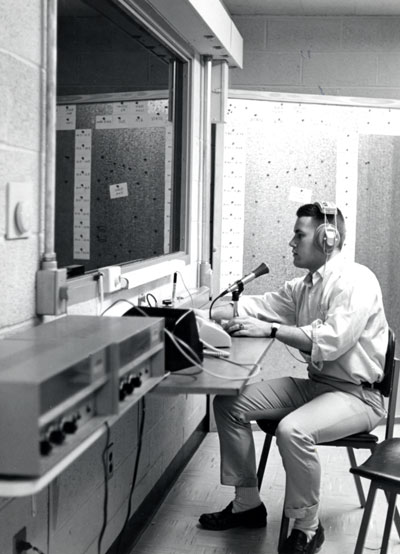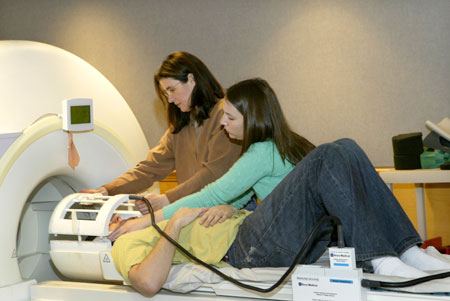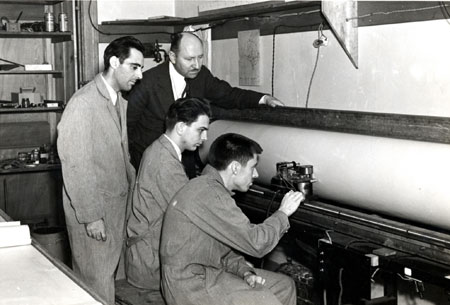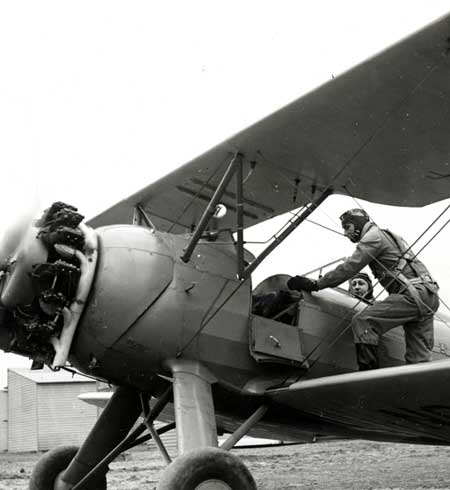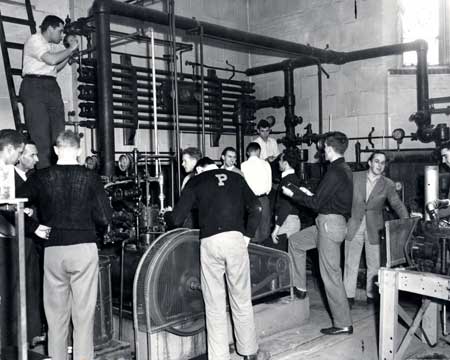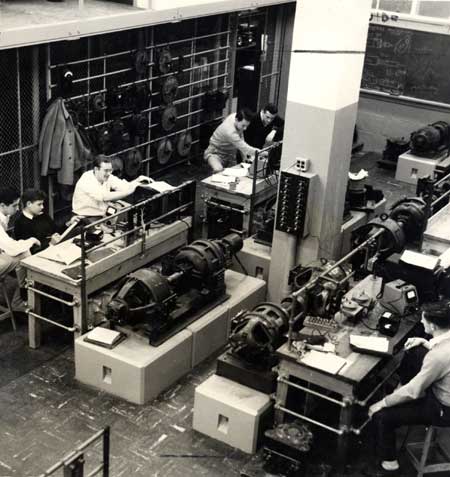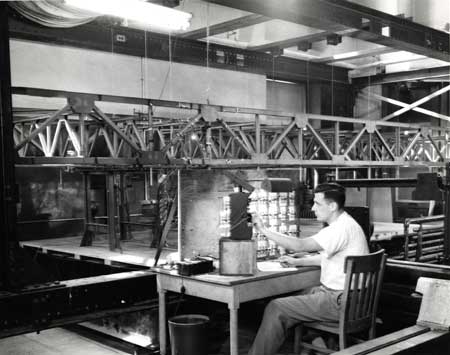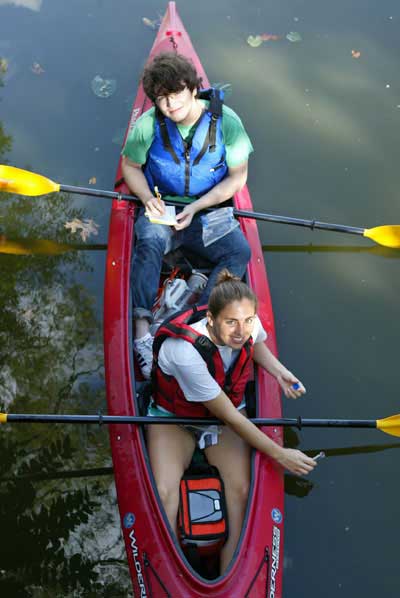
Jac F. Mullen ‘10 and Danielle L. Connelly ‘11 test the water in Lake Carnegie as part of the class ENV 201 Fundamentals of Environmental Studies: Population, Land Use, Biodiversity, and Energy. Developing sustainable energy sources and creating a cleaner environment is one of the most pressing issues we face as a society today, and one of the top priorities of Princeton’s School of Engineering and Applied Science.
Photo: Andrea Kane
